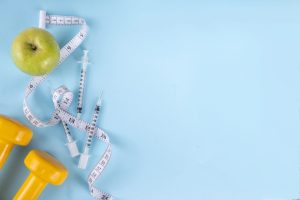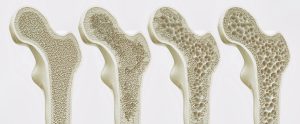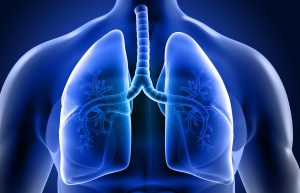A Pain in the Knee
Knee pain is a common complaint in the adult population; however, adolescents and teenagers are not immune from it either. If your child complains of knee pain, it may be a good idea to get it checked out by a health professional as there can be several reasons why their knee hurts. Common pathologies include Osgood-Schlatter disease, Sinding Larsen Johansson syndrome, patellar tendinopathy and the dreaded ACL injuries.
It is important to understand the underlying cause of the pain. Some important questions to consider are:


- Has your child started a new sport or increased the amount of training/physical exercise they are doing?
- Has the pain increased gradually or come on suddenly?
- What movements/activities cause pain?
- Are they complaining of pain at night?
- Did they feel anything or hear anything at the time of the injury?
- Is the pain localized or hard to pinpoint?
In most cases where the pain came on gradually, it can be traced back to an increase in activity. Your child will complain of a pain at the front of the knee, usually along the patella tendon or the fat pad surrounding the tendon. They will find it hurts when they squat or lunge, run and sometimes with walking too. Usually, if they rest for a few days the pain subsides but then can start again once they increase their activity.
This type of pain is not due to damage of any structures, rather it is from stressed out structures. Rest for a few days, stretches for the tight thigh muscles and a gradual return to full activities has shown to provide the best results. Your physiotherapist can guide you through a specific exercise program to increase the strength in the thigh muscles to help cope with the increased load on the knee. Strapping the knee to offload the patella tendon and massaging the tight muscles can also provide immediate relief.
The fat pad surrounding the knee is highly innervated and can be very sensitive when irritated. This kind of pain is often more diffuse but prodding the fat pad or the kneecap will reproduce the pain. Your child will find standing irritates the knee most. This is likely due to over-extending the knee when standing. Changing the way your child stands by softening the knees or turning the feet out can help immediately relieve the pain. Ice and strapping is also quite useful.
Knee pain localized to a specific point such as the bony point on the shin bone or the tip of the kneecap, are usually indicative of Osgood-Schlatter or Sinding Larsen Johansson syndrome. These kinds of pain are sometimes referred to as “growing pains”. As your child’s skeleton matures, the tension from the muscles can cause irritation of the attachment points leading to a painful knee. Similar to patella tendon pain, loaded activities will provoke the pain and rest will relieve it. Treatment for these follows a similar pattern with therapy for patella tendon.
Sudden onset of knee pain is usually from a traumatic injury such as a collision, fall onto the knee or twisting of the knee. In these cases, the knee may swell up for a few days and walking on it will be very painful. Anti-inflammatories, pain killers, rest and elevation are usually the go toes in the early stages and imaging may be required to identify where the tissue damage has occurred.
During our assessment of your child’s knee, we will look for the position of the knee when standing, the movement patterns when bending and straightening and how the hip and ankle relate to the knee as well. In some instances, the position of the femur and/or ankle can place more stress on the knee leading to an overload on structures in the knee that become irritated and painful. We will also assess the muscles and ligaments to check for an injury that may have not been immediately identified.
Knee pain is annoying for you and your child because they want to be playing and doing things. By changing a few things and getting the appropriate treatment and guidance from your physiotherapist, your child will be more comfortable and be able to return to doing the things they enjoy.
By Rushil Shah – Physiotherapist






